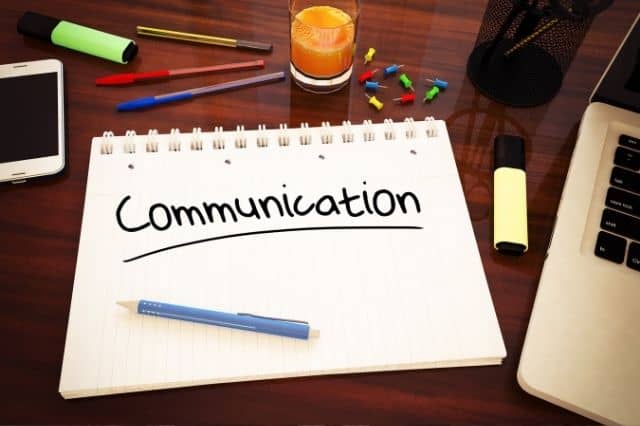This article introduces you to the basic process of communication. It brings to focus the various elements involved in the communication process ranging from the sender to the receiver. It highlights communication as a process that progresses from the cradle to adulthood and the grave.
Effective communication entails an interplay of the various essential elements that create, build and decode messages. Each link in the chain determines when miscommunication or failure in communication occurs.
Several upheavals in the organization, failures in interpersonal relationships, and distortions in individual lives are likened to failures in communication. Therefore, the discussion on the barriers to effective communication is paramount. This means that a proper understanding of effective communication will mitigate the barriers that cause miscommunication.
Elements of the Communication Process
Communication is a process that involves several elements. You need to have a proper understanding of these elements to be effective in the communication process.
Read Also: Definitions and Types of Communication
These elements regulate, control, and are vital to every communication process. They include such factors as the sender, receiver, channel, message, feedback, and noise.
- Sender: This is the initiator of the process of communication. The sender as the source of the message in the communication process, determines to a large extent, the success or failure of the communication process.
- Message: This is the information you want to communicate. Without the message, there will be no need for communication. You do not communicate just for the sake of it. Take, for instance, clowns, drunks, and comedians. This group of people seems unserious in their lifestyle. They entertain and joke over virtually everything. In the midst of that, they communicate to their audience.
- Encoding: This is the process of transferring your message into a format that can be shared with your receiver. It is referred to as encoding. For communication to take place, the message should be in the form the other party can receive, decode and understand. This requires knowledge of your audience – who is your audience? What is their level of understanding?
- Channel: This is the medium for sending information. The format of the message determines the channel for sending it.
- Decoding: If there is encoding, there is also decoding. This is the art of interpreting the message to become meaningful and understandable. The decoding process can impact the message. There will be a failure in communication if the receiver is unable to decode the message.
- Receiver: This receives your message. The differences in experience, perspectives, and expectations between the sender and receiver will affect how the message is received.
- Feedback: This is the result of communication. It helps you to gauge the effectiveness of your messages. Feedback is beneficial in communication. You can receive feedback in various forms. It can come in writing, body language, or facial expression. It is a proper meter for measuring the success or failure of the communication process.
- Noise: This refers to any interference in the process of communication. It is anything that has a negative influence on the message. Noise hinders or distorts communication. This interference can occur at any of the points of communication. Noise can occur in the form of ambiguous messages, poor telephone connection, wrong decoding of the message, etc.

Read Also: Effective Ways to Develop Learning Skills
